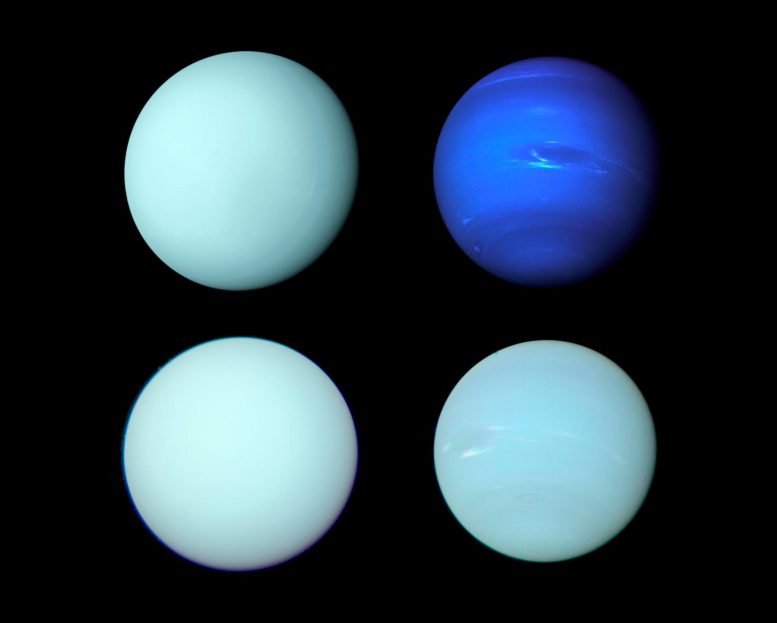
A study reveals Neptune and Uranus are both greenish-blue, not the deep azure and pale cyan previously believed. Modern telescope data was used to correct these historical color misrepresentations. Credit: Patrick Irwin, edited
Recent research led by Professor Patrick Irwin shows that Neptune and Uranus are both a similar shade of greenish-blue, challenging previous perceptions of their colors. The study used modern telescopic data to correct historical color inaccuracies and explained the minor color changes in Uranus over its orbit.
Neptune is fondly known for being a rich blue and Uranus green – but a new study has revealed that the two ice giants are actually far closer in color than typically thought.
The correct shades of the planets have been confirmed with the help of research led by Professor Patrick Irwin from the University of Oxford, which has been published today in the Monthly Notices of the Royal Astronomical Society.
He and his team found that both worlds are in fact a similar shade of greenish blue, despite the commonly-held belief that Neptune is a deep azure and Uranus has a pale cyan appearance.
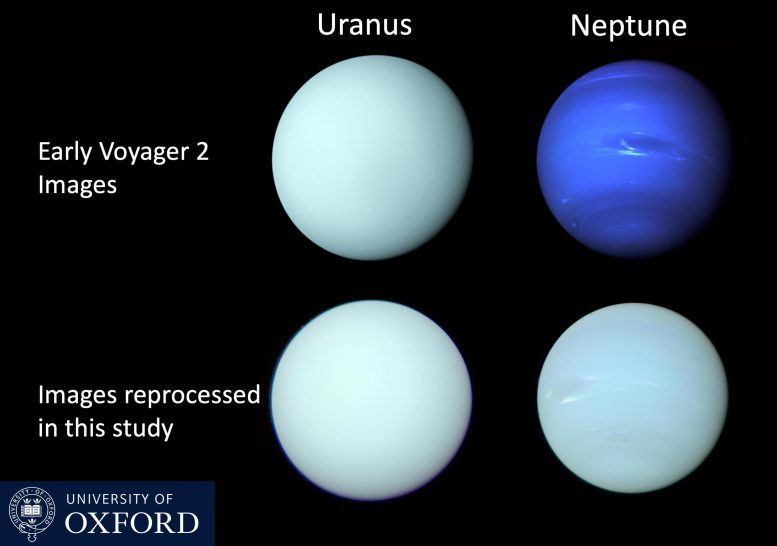
Voyager 2/ISS images of Uranus and Neptune released shortly after the Voyager 2 flybys in 1986 and 1989, respectively, compared with a reprocessing of the individual filter images in this study to determine the best estimate of the true colors of these planets. Credit: Patrick Irwin
The Misconception of Planetary Colors
Astronomers have long known that most modern images of the two planets do not accurately reflect their true colors.
The misconception arose because images captured of both planets during the 20th century – including by NASA’s Voyager 2 mission, the only spacecraft to fly past these worlds – recorded images in separate colors.
The single-color images were later recombined to create composite color images, which were not always accurately balanced to achieve a “true” color image, and – particularly in the case of Neptune – were often made “too blue.”
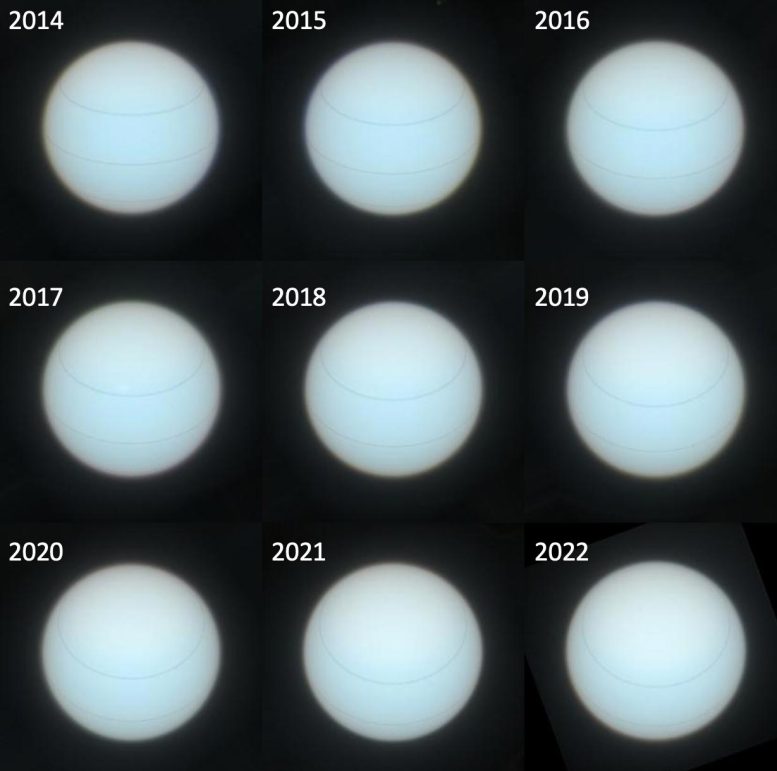
Uranus as seen by HST/WFC3 from 2015-2022. During this sequence, the north pole, which has a paler green color, swings down towards the Sun and Earth. In these images, the equator and latitude lines at 35N and 35S are marked. Credit: Patrick Irwin
In addition, the early Neptune images from Voyager 2 were strongly contrast-enhanced to better reveal the clouds, bands, and winds that shape our modern perspective of Neptune.
Professor Irwin said: “Although the familiar Voyager 2 images of Uranus were published in a form closer to ‘true’ color, those of Neptune were, in fact, stretched and enhanced, and therefore made artificially too blue.”
“Even though the artificially saturated color was known at the time amongst planetary scientists – and the images were released with captions explaining it – that distinction had become lost over time.”
“Applying our model to the original data, we have been able to reconstitute the most accurate representation yet of the color of both Neptune and Uranus.”
Clarifying True Colors through Modern Research
In the new study, the researchers used data from Hubble Space Telescope’s Space Telescope Imaging Spectrograph (STIS) and the Multi Unit Spectroscopic Explorer (MUSE) on the European Southern Observatory’s Very Large Telescope. In both instruments, each pixel is a continuous spectrum of colors.
This means that STIS and MUSE observations can be unambiguously processed to determine the true apparent color of Uranus and Neptune.
The researchers used these data to re-balance the composite color images recorded by the Voyager 2 camera, and also by the Hubble Space Telescope’s Wide Field Camera 3 (WFC3).
This revealed that Uranus and Neptune are actually a rather similar shade of greenish blue. The main difference is that Neptune has a slight hint of additional blue, which the model reveals to be due to a thinner haze layer on that planet.
Animation of seasonal changes in color on Uranus during two Uranus years (one Uranus year is 84.02 Earth years), running from 1900 to 2068 and starting just before the southern summer solstice, when Uranus’s south pole points almost directly towards the Sun.
The left-hand disc shows the appearance of Uranus to the naked eye, while the right-hand disc has been color-stretched and enhanced to make atmospheric features clearer. In this animation, Uranus’s spin has been slowed down by over 3000 times so that the planetary rotation can be seen, with discrete storm clouds seen passing across the planet’s disc.
As the planet moves towards its solstices a pale polar ‘hood’ of increasing cloud opacity and reduced methane abundance can be seen filling more of the planet’s disc leading to seasonal changes in the overall color of the planet.
The changing size of Uranus’s disc is due to Uranus’s distance from the Sun changing during its orbit.
Credit: Patrick Irwin, University of Oxford
Explaining Uranus’ Color Variations
The study also provides an answer to the long-standing mystery of why Uranus’s color changes slightly during its 84-year orbit of the Sun.
The authors came to their conclusion after first comparing images of the ice giant to measurements of its brightness, which were recorded by the Lowell Observatory in Arizona from 1950 – 2016 at blue and green wavelengths.
These measurements showed that Uranus appears a little greener at its solstices (i.e. summer and winter), when one of the planet’s poles is pointed towards our star. But during its equinoxes – when the Sun is over the equator – it has a somewhat bluer tinge.
Part of the reason for this was known to be because Uranus has a highly unusual spin.
It effectively spins almost on its side during its orbit, meaning that during the planet’s solstices either its north or south pole points almost directly towards the Sun and Earth.
This is important, the authors said, because any changes to the reflectivity of the polar regions would therefore have a big impact on Uranus’s overall brightness when viewed from our planet.
What astronomers were less clear about is how or why this reflectivity differs.
This led the researchers to develop a model that compared the spectra of Uranus’s polar regions to its equatorial regions.
It found that the polar regions are more reflective at green and red wavelengths than at blue wavelengths, partly because methane, which is red absorbing, is about half as abundant near the poles than the equator.
However, this wasn’t enough to fully explain the color change so the researchers added a new variable to the model in the form of a ‘hood’ of gradually thickening icy haze which has previously been observed over the summer, sunlit pole as the planet moves from equinox to solstice.
Astronomers think this is likely to be made up of methane ice particles.
When simulated in the model, the ice particles further increased the reflection at green and red wavelengths at the poles, offering an explanation as to why Uranus is greener at the solstice.
Professor Irwin said: “This is the first study to match a quantitative model to imaging data to explain why the color of Uranus changes during its orbit.”
“In this way, we have demonstrated that Uranus is greener at the solstice due to the polar regions having reduced methane abundance but also an increased thickness of brightly scattering methane ice particles.”
Dr. Heidi Hammel, of the Association of Universities for Research in Astronomy (AURA), who has spent decades studying Neptune and Uranus but was not involved in the study, said: “The misperception of Neptune’s color, as well as the unusual color changes of Uranus, have bedeviled us for decades. This comprehensive study should finally put both issues to rest.”
Future Exploration and Continued Research
The ice giants Uranus and Neptune remain a tantalizing destination for future robotic explorers, building on the legacy of Voyager in the 1980s.
Professor Leigh Fletcher, a planetary scientist from the University of Leicester and co-author of the new study, said: “A mission to explore the Uranian system – from its bizarre seasonal atmosphere, to its diverse collection of rings and moons – is a high priority for the space agencies in the decades to come.”
However, even a long-lived planetary explorer, in orbit around Uranus, would only capture a short snapshot of a Uranian year.
“Earth-based studies like this, showing how Uranus’ appearance and color has changed over the decades in response to the weirdest seasons in the Solar System, will be vital in placing the discoveries of this future mission into their broader context,” Professor Fletcher added.
Reference: “Modelling the seasonal cycle of Uranus’s colour and magnitude, and comparison with Neptune” by Patrick G J Irwin, Jack Dobinson, Arjuna James, Nicholas A Teanby, Amy A Simon, Leigh N Fletcher, Michael T Roman, Glenn S Orton, Michael H Wong, Daniel Toledo, Santiago Pérez-Hoyos and Julie Beck, 12 September 2023, Monthly Notices of the Royal Astronomical Society.
DOI: 10.1093/mnras/stad3761



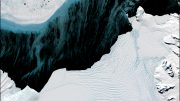


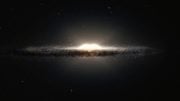

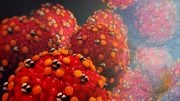
Both are icy planets. The distant view from earth shows virtual shade of colour spectrum as applicable to the distance and other conditions.
soo these asshole scientists “swagged” it…how scientific…NOT…!!
I just find it pretty “spacey” that we now are just finding out what the color of our neighboring planets are in our own solar system are and can tell what the atmosphere of exoplanets many light years away are habitual for life or not. My guess is that our fair weather sky looks blue most of the time but I may be wrong!